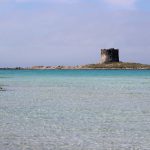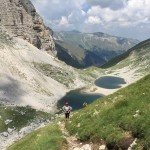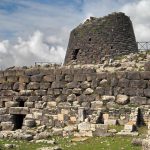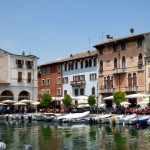Luxuriant nature, wildlife, old history and beautiful landscapes
Sardinia NW: Lake Baratz and Alghero
Slow tour through the Nurra area
by Patrizio Roversi
From a narrow street surrounded by green fields I notice that there is a small lake somewhere below me, whose color is undefined, something in between green and blue. Around the lake there are granites and spiny shrubs, and, a little further, some pines. I could be in Ireland, or anywhere in Northern Europe. From here I can have a glimpse of the stretch of a unique blue sea: I’m certainly in Sardinia. And the lake is Lake Baratz, the only natural pond of the island. Although it doesn’t look like, it is 10.000 years old. It formed after the last glaciation, when the sea-level lowered due to the creation of the glaciers (the exact opposite of what is happening now), and the surface uplifted. As a consequence this basin became a lake. Now several rivers reach the lake, which flows into the sea in a freshwater spring, called S’ebbi Dolzi.
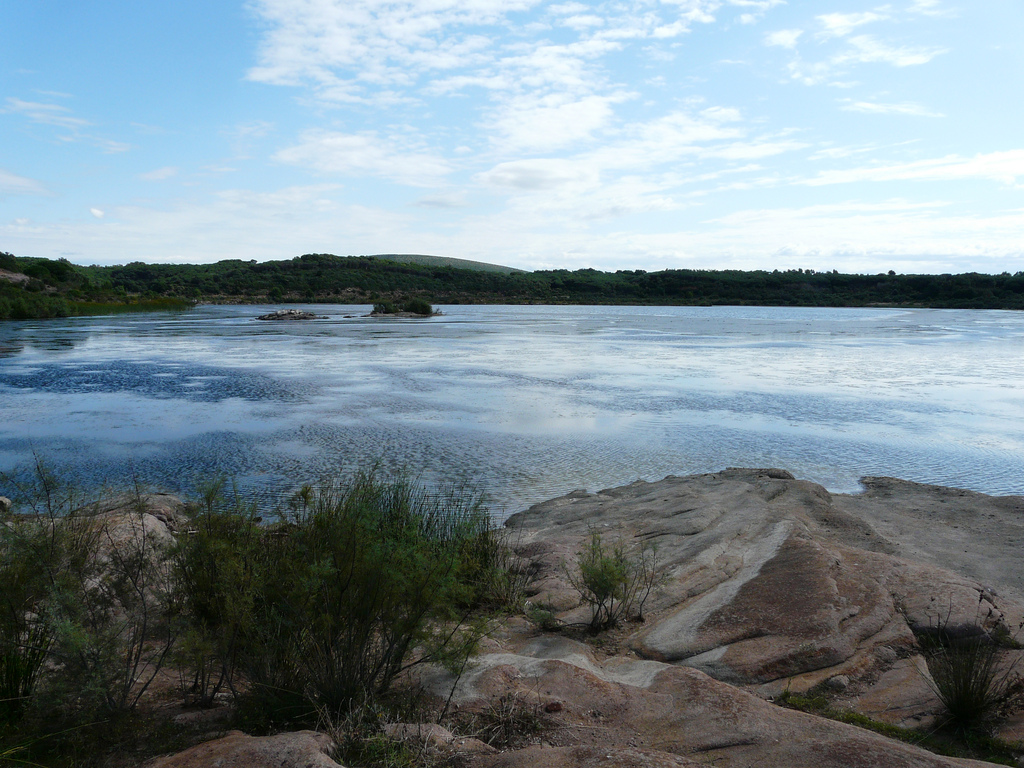
Lake Baratz, Sardinia. Pic by Flickr User Tristan Ferne
I’m in the Nurra, the area located in the extreme north-west of Sardinia, which includes the cities of Sassari, Alghero, Porto Torres and Stintino, and the Island of Asinara.
The Nuragic complex of Palmavera, dating back to 1500 B.C, consisted of almost 200 huts and proves that at the time the area was populated and likely hospitable. There were metals, and probably shelters and games. Sure is that much later, due to the formation of new swamplands, the Nurra area was wild, insalubrious, malarial and therefore uninhabited. The man started reclaiming it in the 17th century, when a thousand families moved here. Only during the fascist period the first immigrant farmers arrived in the Nurra region from Ferrara and founded Fertilia. Their main aim was to reclaim the area and to turn over the land. In the same years people from Veneto were doing the same in the province of Latina. Finally during the second postwar the Americans brought the DDT (dichlorodiphenyltrichlorethane) and annihilated the malaria. Therefore the land reform could progress. The Sardinian shepherds named this land Korea because it resembled a theater of war. Thenceforth everybody calls it in this way. Now the Nurra area is a very precious agricultural zone by the sea.
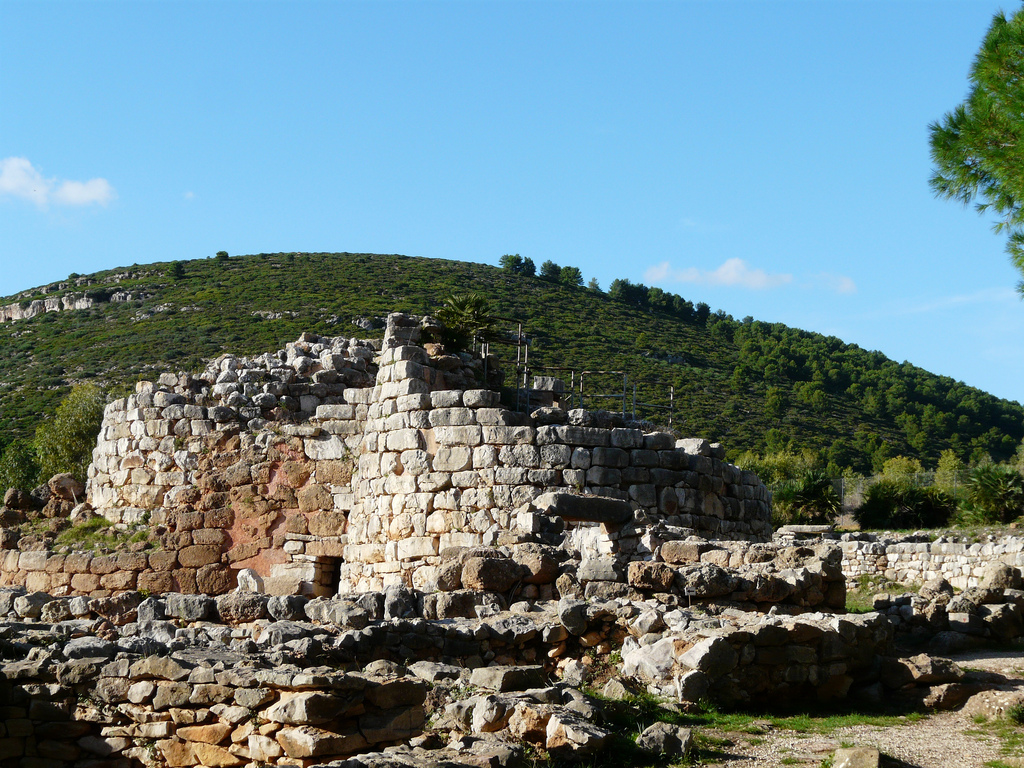
Nuraghe of Palmavera, Sardinia. Pic by Flickr User Tristan Ferne
But the most fertile thing of the area is the homos-anthropological, an incredible variety of peoples that have colonized the Nurra over the centuries. The first were the Nuragics, followed by the Phoenicians, the Romans, of course, and the Arabs. After 1100 also the maritime republics of Genoa and Pisa arrived. And in the mid-14th century even the Aragonese from Spain, with the Catalans, who settled in Alghero. As many other Italian cities, Alghero has a mediocre suburb, a mediocre seafront with some disproportionate hotels, but it has a beautiful city centre and a nice little harbor.

Alghero sunset, pic by Flickr User Michela Simoncini
From the harbor you can admire the kind of sunset you can find only in Sardinia and nowhere else: an amazing sea reflecting an amazing sky, which the northwest wind keeps always clean and clear. “Alghero” comes from the Italian word alghe (seaweeds), for the underwater “grazing” of the gulf that well represents the fertility of the land into the water. In fact here they fish the famous lobsters and sea urchins, the very local specialties, with such a special taste. So special that they are risking extinction. That’s why now there are rules to follow, such as fishing periodicity and limits in number for sea urchins and in length for lobsters.
Cover pic courtesy of Flickr User Tristan Ferne

